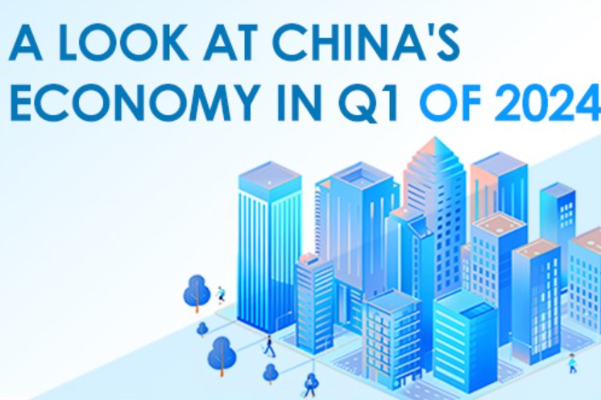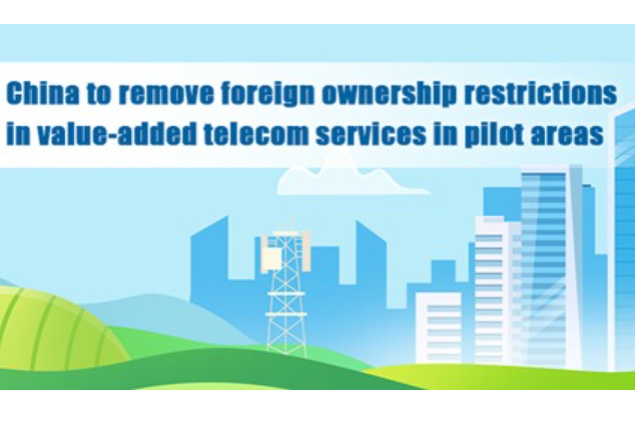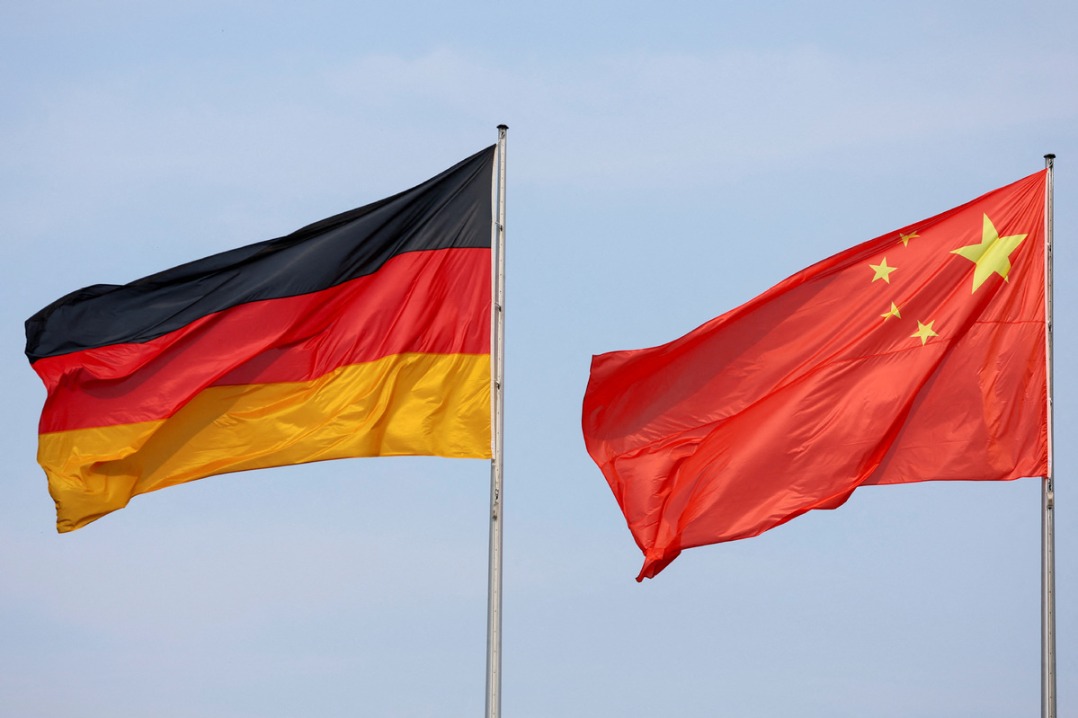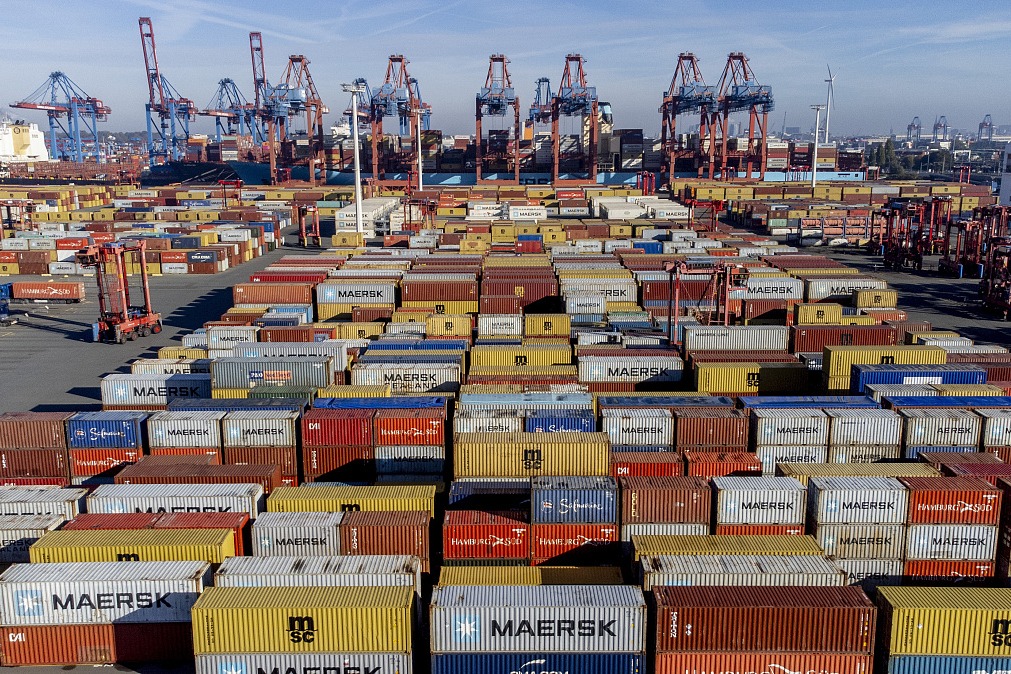Largest coastal city in North China

Population: 13,866,009 (2020)
Location: northeast of the North China Plain, Bohai Sea area
Area: 11,916.9 square kilometers
Economy
Tianjin, located at the center of Bohai-rim Economic Circle, plays a big part in terms of economic development both regionally and nationally. Tianjin is the largest coastal city adopting the market-oriented opening-up policy in the north of China. With its dynamic and vibrant economic developments, Tianjin attracted investors from all around the world.
In the year 2017, Tianjin's GDP exceeded 1.86 trillion yuan ($270.00 billion) with 3.6 percent annual growth. The primary industry increased by 2 percent; The secondary industry increased by 1 percent; The tertiary industry increased by 6 percent.
The eight pillar industries in Tianjin are aerospace and aviation, petrochemical, equipment manufacturing, electronics, bio-technology and modern pharmacy, alternative energy and new material, national defense technology, light industry and textile industry, accounting for 90 percent of the entire industrial sector of the city.
Additionally, as the largest coastal city in China, Tianjin has adopted a market-oriented opening-up policy in the northern part of China and has become a hot spot for foreign investors.
Administrative divisions
As one of the four municipalities directly under the central government, Tianjin consists of 16 districts - Binhai New Area, Heping, Hebei, Hexi, Hedong, Nankai, Hongqiao, Dongli, Xiqing, Jinnan, Beichen, Wuqing, Baodi, Jinghai, Ninghe and Jizhou districts.
Advantages
Tianjin is one of the first Chinese cities to come in contact with modern western civilizations. Thanks to the economic radiation and impact of Tianjin, unprecedented progress was made in the modernization and opening-up of various industries in northern China, which greatly improved the overall economic strength of northern China and stopped the downward trend of the economic status of the northern region in the country at that time, making this place once again one of the regions with a high level of economic development in the country. Tianjin holds the following seven competitive advantages:
First, Tianjin is located on the west coast of the Pacific Ocean, in the convergence zone of the Beijing-Tianjin-Hebei Urban Agglomeration and the Bohai-Rim Economic Circle. It is also the meeting point between the eastern Land Silk Road and the northern Maritime Silk Road in the Belt and Road Initiative, as well as a starting point of the Sino-Mongolian-Russian Economic Corridor. Now, Tianjin Port is on its way of becoming a “golden node” on the 21st century Maritime Silk Road.
Second, to give full play to its advantages in information technology, Tianjin promotes the application of information technology to the people’s livelihood and public services. “Internet + medical care”, “Internet + community management”, and other applications have freed citizens from many unnecessary errands. Tianjin will comprehensively promote the in-depth application of information technology to urban management, operations and services. It is outlined in “Tianjin Smart City Special Action Plan” that by 2020, a smart application system will be established in Tianjin to benefit the citizens.
Third, Tianjin will cooperate with Xiong’an New Area on high-end industries, such as the new generation information technology, new energy, new materials, energy conservation & environmental protection, bio-medicine and health care, to realize coordinated development of industries and technologies. Tianjin will take advantage of its role as a port city and opening-up platform to the outside world and plan dry ports in Xiong’an New Area and improve the service of ports in Hebei and Tianjin. Tianjin will use its advantages on urban planning to help Xiong’an New Area make its own planning on transportation, ecological network and offer support on technology and talents for Xiong’an’s planning, design, mapping and geological survey.
Forth, 10 industry clusters-such as new-generation information technology, high-end equipment, and new materials-continued to grow and develop in Tianjin. Tianjin is committed to building an advanced manufacturing system featuring innovation, high efficiency, smart integration, and low carbon. A new system for advanced manufacturing industry will be created. The spatial layout of advanced manufacturing industry will be optimized. A number of competitive enterprises will be cultivated.
Fifth, giving full play to the favorable policies for pilot schemes, Tianjin proactively promotes the financial reform and innovation in the free trade pilot zone. Tianjin has established the first domestic contract-type CNY sector fund, the first Internet monetary fund, and the first private bond for small cities and towns; it has established the first domestic aircraft leasing fund and aviation industry fund. Tianjin adheres to the new concept of development and promotes high-quality development. The rapid growth of emerging industries is becoming a new boost for economic development. New businesses and new modes thrived.
Sixth, Tianjin is an open and inclusive city full of vitality. It adheres to an opening up-driven strategy over the years and enjoys close and active exchanges and cooperation with dozens of cities and regions at home and abroad. Its scale and depth of opening-up as well as the environment for opening-up keep improving. The city is speeding up for internationalization, with increasing regional and international influence.
Seventh, Tianjin has continued to carry out 3 rounds of modern standardization construction for compulsory education, promoted the exam-free school admission for compulsory education, set up a mechanism for teachers and principals’ exchange and rotation, and implemented the free compulsory education policy. The city is speeding up its construction of world-class universities and disciplines reflecting the characteristics of Tianjin and China, and encouraging the transformation and development of a group of higher institutions.
Sister cities
International Sister Cities |
Date Signed |
International Sister Cities |
Date Signed |
Kobe, Japan |
Jun 24, 1973 |
Incheon, Republic of Korea |
Dec 27, 1993 |
Philadelphia, United States |
Feb 10, 1980 |
Saarland, Germany |
Sept 27, 1994 |
Melbourne, Australia |
May 5, 1980 |
Lodz, Poland |
Oct 11, 1994 |
Yokkaichi, Japan |
Oct 28, 1980 |
Rio de Janeiro, Brazil |
Apr 18, 1995 |
Sarajevo, Bosnia-Herzegovina |
May 28, 1981 |
Orange County, the United States |
Aug 1, 1997 |
Nord-Pas-de-Calais, France |
Oct 10, 1984 |
Amazonas, Brazil |
Oct 20, 1997 |
Lombardy, Italy |
May 9, 1985 |
Haiphong, Vietnam |
Jan 8, 1999 |
Groningen, Holland |
Sept 12, 1985 |
Abidjan, Cote d’Ivoire |
Sept 26, 1992 |
Chiba, Japan |
May 7, 1986 |
Ulaanbaatar, Mongolia |
Sept 27, 1992 |
Plovdiv, Bulgaria |
Sept 23, 1990 |
Kharkov, Ukraine |
Jun 14, 1993 |
Izmir, Turkey |
Sept 25, 1991 |
Jonkoping, Sweden |
Sept 23, 1993 |
MOST POPULAR
- 1 Things to know about China Intl Consumer Products Expo 2024
- 2 China tops FDI confidence index of emerging markets
- 3 China specifies steps to improve payment services in tourist attractions
- 4 Low-altitude economy set to take off
- 5 China's immigration service platform receives over 10m calls from home, abroad
Editors' Picks
 Infographic:
A look at China's economy in Q1 of 2024
Infographic:
A look at China's economy in Q1 of 2024
 Infographic:
China to remove foreign ownership restrictions in value-added telecom services in pilot areas
Infographic:
China to remove foreign ownership restrictions in value-added telecom services in pilot areas
 Infographic:
2023 Sino-German investment and trade in numbers
Infographic:
2023 Sino-German investment and trade in numbers
 Infographic:
China-Germany relations in graphic
Infographic:
China-Germany relations in graphic



